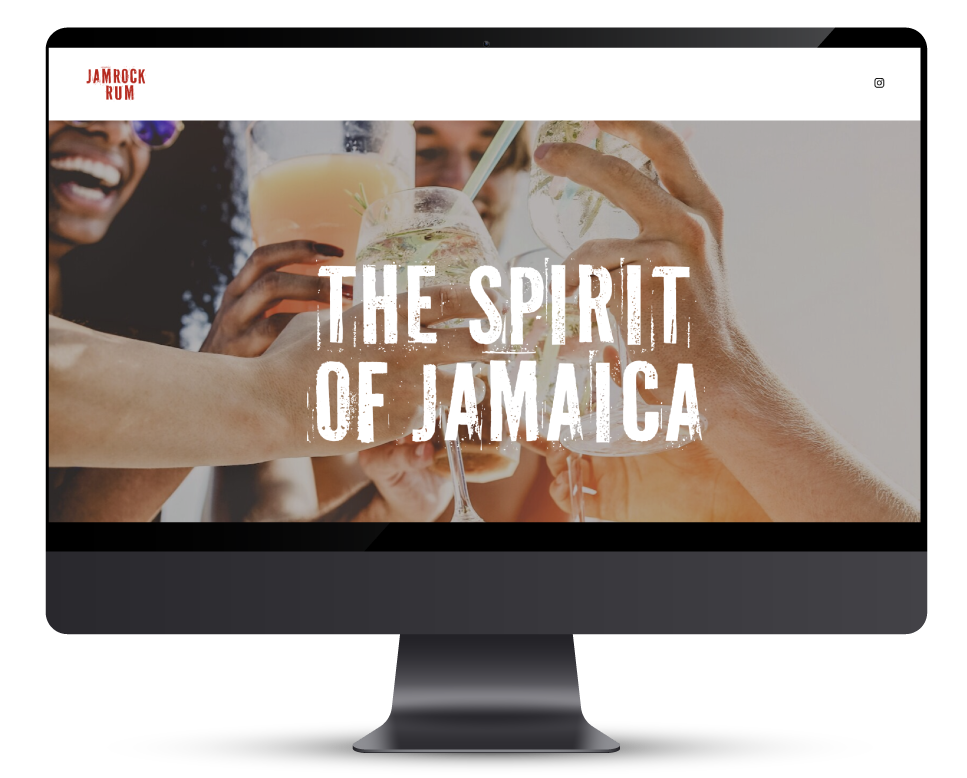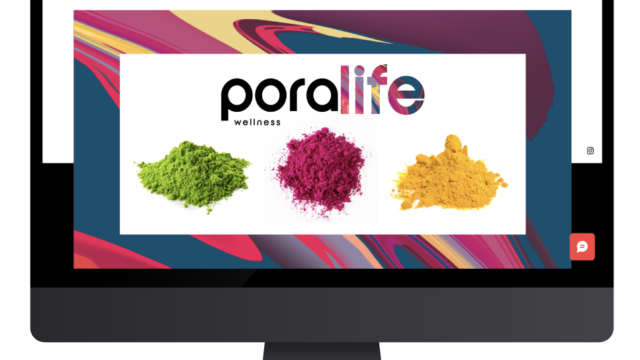Building Brand Consistency Into Your Website Design
PULP Website Branding Services help design creative & strategic brand guidelines for small or large businesses & websites.
Branding plays a huge role in your company & making sure your website is branded is imperative, & fun!
Companies spend large amounts of money on branding because the impact of having a well-branded website is important when it comes to sales & repeat business.
Branding Guidelines
Your brand is the story that connects people to the products and services you offer. If the look of your website matches this narrative, your business will feel even more engaging and authentic. And that’s why fusing brand consistency into your web design is so important. You’ll gain recognition with your consumers.
Everything from colors and fonts to the words and layout represents your brand. But those design elements don’t need to be noisy, cluttered or overdone to still draw attention and make a lasting impact.
Web Design Branding Tricks
Here are 10 important tricks to web design branding that can be helpful.
1. Logo size
This is an important issue, & you need to decide on the size of the logo & then stick with that scale wherever it is used. Having different sizes of any branding is confusing, & this means you can’t reuse the same graphics.
2. Color and mood
Every color you use on the website affects how people experience your company because each one evokes its own emotional response. This is known as color theory and picking the right combination gives your audience more insight on what the brand is all about. For instance, black and red feels edgy. Brown and green feels earthy.
Once you’ve determined the primary and secondary colors of your brand, integrate them into your website. Start with a dominant base color, like one used in your logo. Apply it to headlines, subheadings, background images and illustrations—any place that people will naturally gravitate toward on your site.
3. The power of whitespace
Although it’s tempting to cram every square-inch of your website with content, the need for whitespace can’t be overlooked. Fusing this design technique into your site actually boosts attention spans and comprehension rates by 20%
Your eyes are prone to overstimulation, but whitespace is a blank canvas that allows them to breathe. Customers will be much more able to retain your brand identity than if you saturate the site with words and graphics. Instead of filling in all the available gaps and margins, surround images and text with whitespace to increase the legibility and communicate your ideas more effectively.
4. Use PNG for logos
The preferred file format for websites is JPG. However, this format doesn’t support transparency, & the PNG format does. When the logo is a PNG file it can be placed over different colored backgrounds without having to make any special adjustments.
5. Be consistent
Using the same logo & colors is good, but this consistency should extend to every aspect of the site, including the vibe & style behind the content & the placement of commonly utilized elements.
Considering a retail equivalent, all call to action & images should be the same, & promote a clear & concise theme & style.
6. Simple fonts
Just like your brand colors, the typefaces on your website should be uniform across-the-board. There are multiple styles of fonts, but too much variety will detract from your message. Instead of going into font overload, choose two that complement each other and support the tone of your brand. You’ll have design consistency without reining in brand personality.
Whether your preference is old-school serif, modern sans serif or freeform script, make sure the typeface is legible first. This might sound like a no-brainer, but regardless of how trendy the font looks, if you can’t read it, your audience can’t either. Some fonts are just too quirky to be practical.
7. Have a mascot
A mascot doesn’t work in all contexts, but having a mascot animal, robot or character is a strong idea that visitors will recognize even without the company name. Not all mascots are animals. Think of Nike, Apple or Target. PULP uses an orange. What’s your mascot?
8. Social media
If you intend to use your brand on social media – & probably will – then consider the restrictions that this places on graphics, & work with them. Designing specific logos for social media is a good idea, you can tweak them so they work best in that context.
9. Watermarks & tints
If you have an large, detailed logo, placing it over a elaborate image won’t work well visually. There are two approaches you can take to resolve this problem.
One, make the logo a watermark on the graphic, either lightening or darkening the content underneath & removing all the colors from the logo. Two, make the background image monochrome, so that the logo st&s out over it. Either approach will work.
10. Think about visual scanning
When a person reads a website their eyes perform a pattern of movement that starts at the top-left, then moving right & down. That’s why the logo should be in the top-left. Where a visitor’s attention will linger matters, & place branded elements & business messages in those areas.
Have any questions about your branding, set up a free consultation!
Erin is the founder of PULP a pure pure premium web agency focused on creative web design & local SEO services for businesses that need a fresh squeezed perspective. Based out of surf city Huntington Beach.
MORE FRESH SQUEEZED IDEAS FOR A JUICY WEBSITE: SIGN UP BELOW



